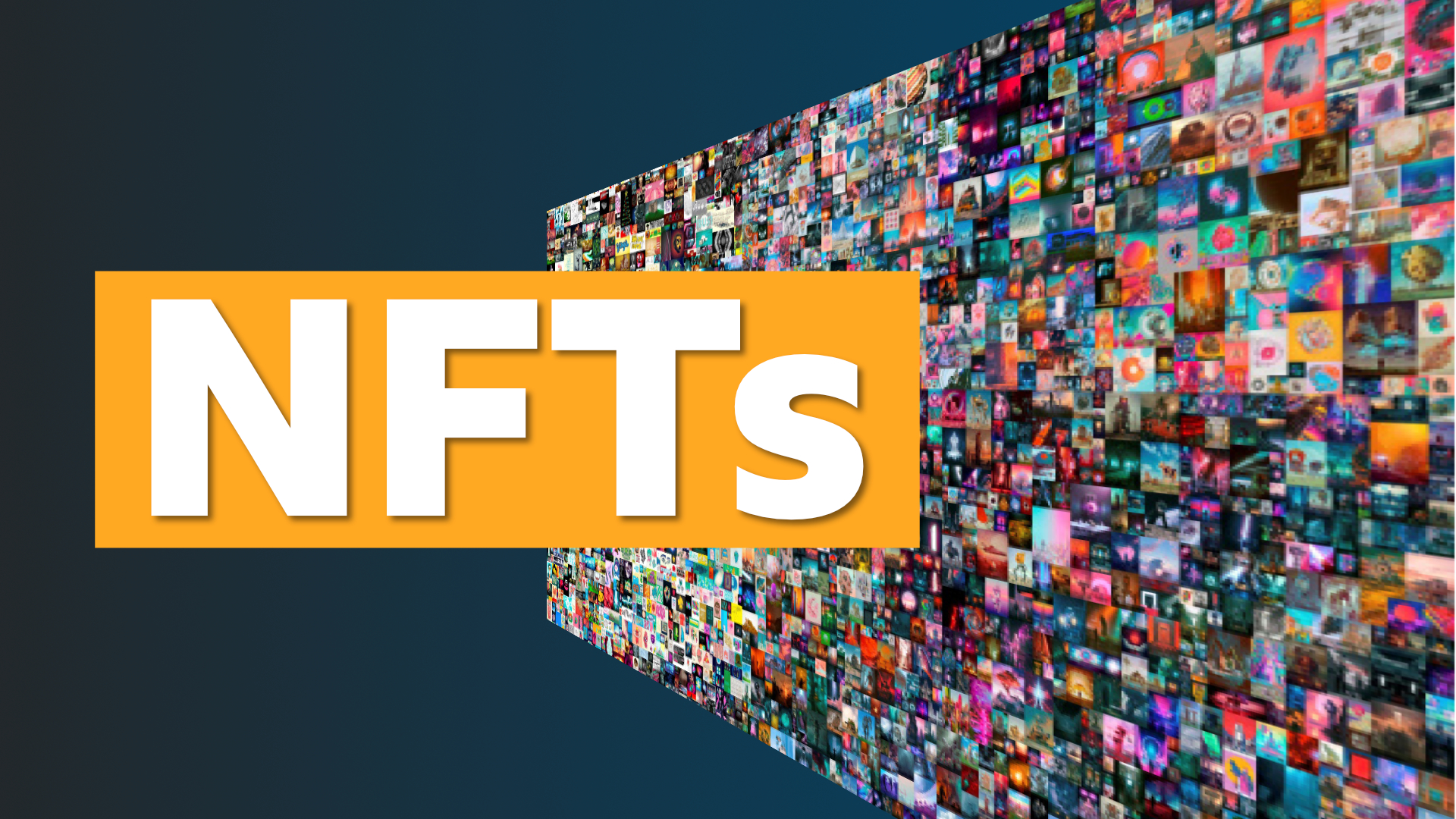
Coinposters
Ethereum and Rick & Morty Creators On the Future of NFTs

Non-fungible Tokens, or NFTs as they are more commonly known, have passed the hype stage. There are already a slew of artists vying to beat Beeple’s $69 million NFT selling record, as well as a slew of institutions eager to cash in on the new technology that appears to be rapidly decentralizing museums. NFTs are quickly becoming pieces of ostentation enthusiastically hoarded by the wealthy for show-off, as Ethereum’s Vitalik Buterin pointed out—and that’s a huge win for crypto.
But what if there was a way to make the process better? What if the pricing of NFTs could be determined in such a way that buyers didn’t have to pay so much in gas fees? How about an ownership certification system that can tell the difference between the original NFT owner and a buyer?
Vitalik Buterin, the founder of Ethereum, and Justin Roiland, the co-creator of the Rick and Morty animated series, discuss how the NFT user experience may be improved.
For non-transferable tokens, Vitalik developed a Proof of Attendance Protocol (POAP) with non-transferability properties. A POAP is a protocol mechanism that provides attendees with a pre-defined unique advantage in exchange for their attendance.
Consider it a keepsake you get for attending an event, but with the added benefit of allowing you to track down the original owners of each souvenir in case they all get mixed up or sold. That is the element of non-transferability. This, according to Vitalik, is similar to the’soulbound’ feature in the popular World of Witchcraft game, which prevents players from transferring valuables.
By including the soulbound function, digital ownership rights can be legitimately transferred to the rightful owner, regardless of their financial or social standing.
This invention is critical, particularly in the DAO sector, where participants’ non-transferable governance rights are critical for effective democracy. Linking NFTs to the user’s ENS or using the non-transferability function, which uses proof of humanity attestation, according to Vitalik, can help with this. The Ethereum Layer 2 protocol, ZSNARK, can be used to add a second layer of security.
The goal is to protect the art’s originality as well as the originality of the creativity.
Latest
NFT
19 Apr 2024
NFT
16 Jan 2024
NFT
31 Aug 2023
NFT
24 Jun 2023













